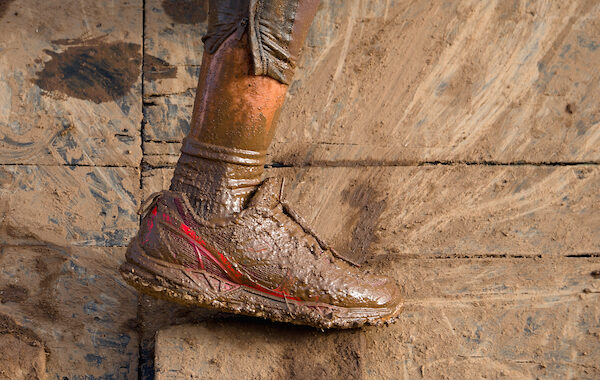The condition known as trench foot doesn’t sound like much fun. But unfortunately, it’s relatively common and can cause many issues with walking and running. Here’s what you need to know about trench foot and how to treat it.
What Is Trench Foot?
Trench foot is a well-known condition that occurs when you expose your feet to damp, cold conditions for an extended period. It can happen even if you’re not standing in water or snow – simply having wet socks can lead to a case. Symptoms of trench foot could include foot pain, tingling, and numbness. Trench foot can lead to more severe problems like gangrene if left untreated.
How To Treat And Prevent Trench Foot
Preventing and treating trench foot include ensuring your feet stay dry and warm. Choose socks made of wool or synthetic materials – avoid cotton as it doesn’t wick away moisture well. Remove wet socks and shoes as soon as possible. You can also treat your feet with over-the-counter creams or ointments designed to soothe and protect the skin.
Since Napoleon’s troops first identified trench foot in 1812, people have been working on cures and prevention. It pays to be wary of standing in water too long or your feet being wet for other reasons for lengthy periods. Dry, warm feet protected by sturdy footwear is the optimal way to avoid suffering from this affliction. Deal with excess sweat as it arises to prevent pooling.
See Your Doctor
If you experience trench foot symptoms, you should see a doctor immediately. They can prescribe stronger medications or give you special exercises to help improve circulation in your feet. In the worst cases, it can take three to six months to heal completely.
The sooner you start treatment, the better your chances of preventing serious complications. Treatment typically involves soaking your feet in warm water and keeping them dry and warm as much as possible. In addition, you may require antibiotics to clear infections.
In severe cases, trench foot may require surgery to remove dead tissue from the affected area. As usual, you should act fast when you notice the first signs of trouble. Quick action will mitigate more severe issues.
Proper Foot Care Helps
Trench foot is no fun, but fortunately, it’s usually preventable if you take care of your feet. Make sure to keep them dry and warm, and see a doctor if you start to experience any symptoms. You’ll be back on your feet with proper treatment in no time.
When people neglect foot care, it results in adverse conditions. Proper treatment requires the right mindset and a set of healthy habits. For example, wearing appropriate shoes that fit, using orthotics if needed, and monitoring how much walking and standing help you reduce problems. Foot care has come a long way since 1812, so trench foot doesn’t have to present the challenge it once did.
Modern preventative measures and treatment are effective, so don’t let this foot problem keep you out of step with your lifestyle.

